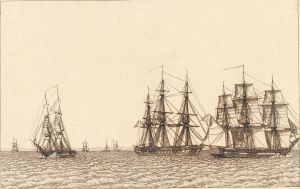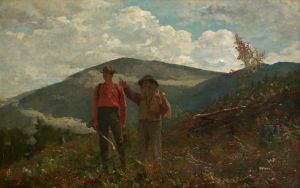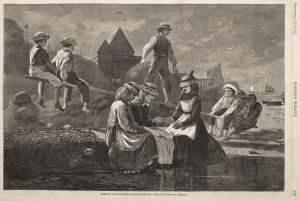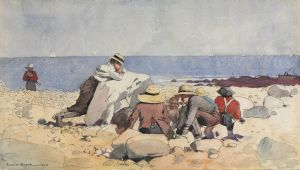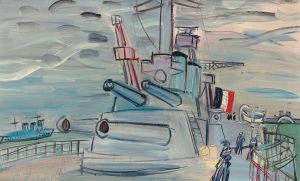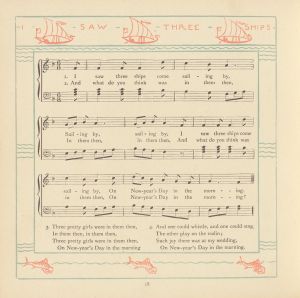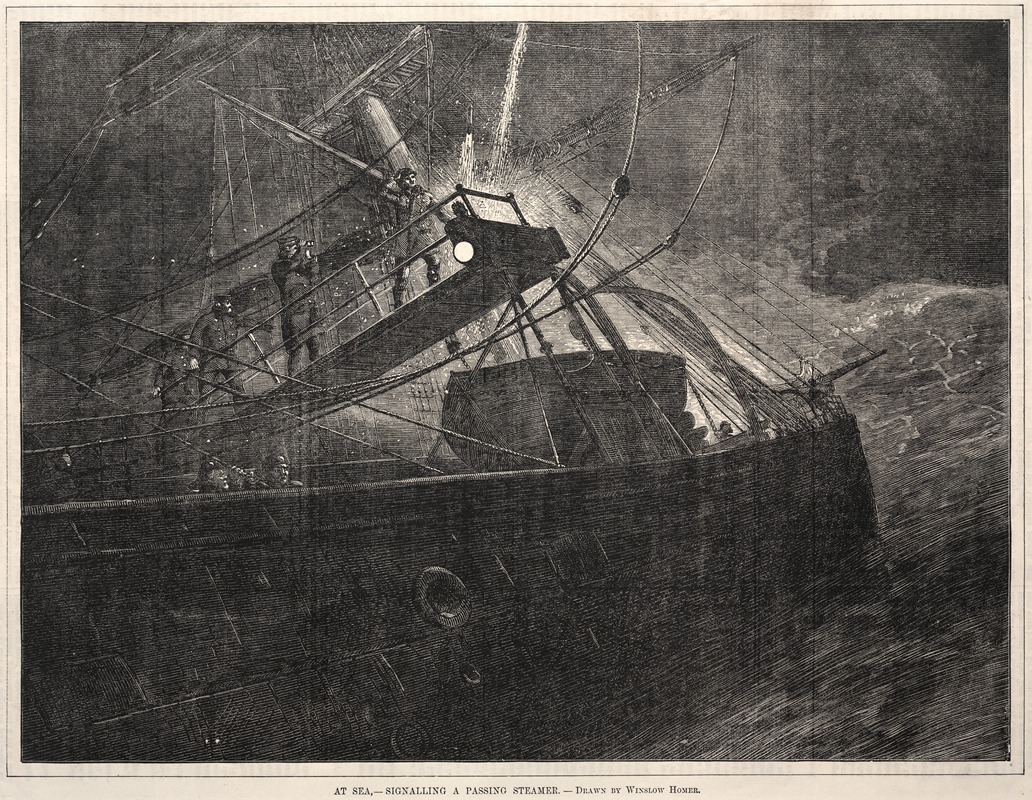
At Sea, Signalling a Passing Steamer
A hand-painted replica of Winslow Homer’s masterpiece At Sea, Signalling a Passing Steamer, meticulously crafted by professional artists to capture the true essence of the original. Each piece is created with museum-quality canvas and rare mineral pigments, carefully painted by experienced artists with delicate brushstrokes and rich, layered colors to perfectly recreate the texture of the original artwork. Unlike machine-printed reproductions, this hand-painted version brings the painting to life, infused with the artist’s emotions and skill in every stroke. Whether for personal collection or home decoration, it instantly elevates the artistic atmosphere of any space.
"At Sea, Signalling a Passing Steamer" is a watercolor painting created by the American artist Winslow Homer in 1899. Homer, widely regarded as one of the most significant figures in 19th-century American art, is best known for his marine subjects and his ability to capture the interplay between humans and the natural world. This particular work exemplifies his mastery of watercolor and his fascination with the sea.
The painting depicts a lone sailor in a small rowboat, signaling to a distant steamer on the horizon. The sailor is shown raising a red flag, a gesture that suggests an attempt to communicate with the passing vessel. The scene is set against a vast expanse of ocean, with the water rendered in varying shades of blue and gray, reflecting the atmospheric conditions. The distant steamer is only faintly visible, emphasizing the isolation of the sailor and the immense scale of the surrounding sea.
Homer's use of watercolor in this piece is notable for its fluidity and transparency, which effectively convey the movement and texture of the water. The composition is both dramatic and understated, with the small figure of the sailor serving as a focal point amidst the expansive seascape. The painting captures a moment of tension and uncertainty, as the sailor's fate remains unknown.
"At Sea, Signalling a Passing Steamer" is part of a series of works that Homer created during the later years of his career, many of which explore themes of human resilience and the unpredictable power of nature. These works often reflect his experiences and observations during his time in coastal Maine, where he lived and worked in relative isolation.
The painting is currently housed in the collection of the Sterling and Francine Clark Art Institute in Williamstown, Massachusetts. It is considered an important example of Homer's late-period watercolors and his ability to convey complex narratives through simple yet evocative imagery.






